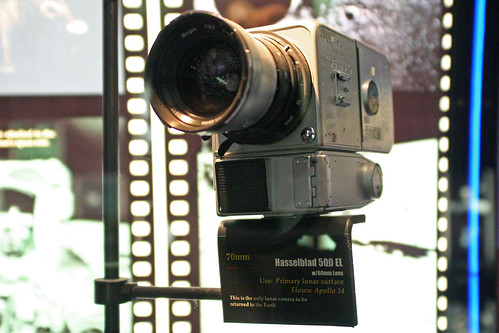Difference between revisions of "Hasselblad 500 EL"
m |
(another link) |
||
| Line 7: | Line 7: | ||
==Links== | ==Links== | ||
| + | *[http://www.photoethnography.com/ClassicCameras/Hasselblad500el.html Hasselblad 500 EL profiled] at Karen Nakamura's [http://www.photoethnography.com/ClassicCameras/index-body.html Photoethnography.com] | ||
*[http://www.butkus.org/chinon/hasselblad/hasselblade_500el/hasselblad_500el.htm Hasselblad 500 EL manual] at Mike Butkus' [http://www.butkus.org/chinon/ OrphanCameras.com] | *[http://www.butkus.org/chinon/hasselblad/hasselblade_500el/hasselblad_500el.htm Hasselblad 500 EL manual] at Mike Butkus' [http://www.butkus.org/chinon/ OrphanCameras.com] | ||
*[http://www.hasselblad.com/about-hasselblad/hasselblad-in-space/space-cameras.aspx Hasselblad Space Cameras] at [http://www.hasselblad.com/ Hasselblad.com] | *[http://www.hasselblad.com/about-hasselblad/hasselblad-in-space/space-cameras.aspx Hasselblad Space Cameras] at [http://www.hasselblad.com/ Hasselblad.com] | ||
Revision as of 15:01, 3 August 2011
This article is a stub. You can help Camera-wiki.org by expanding it.
The 500 EL was introduced by Hasselblad in 1965—essentially a 500 C with a permanently-integrated motor drive in the baseplate of the camera. Because the 500 C lacks an instant-return mirror, this automated winding was a helpful feature in quick-moving shooting situations.
The 500 EL was famously adapted by NASA for the Apollo moon program (although the moonwalk cameras omitted the reflex viewing of the stock model). A number of 500 EL's remain abandoned on the lunar surface.
The EL was succeeded in 1971 by the 500 EL/M.
Links
- Hasselblad 500 EL profiled at Karen Nakamura's Photoethnography.com
- Hasselblad 500 EL manual at Mike Butkus' OrphanCameras.com
- Hasselblad Space Cameras at Hasselblad.com

|
| Modified 500 EL used on Apollo 14 moonwalk image by GregF422 (Image rights) |